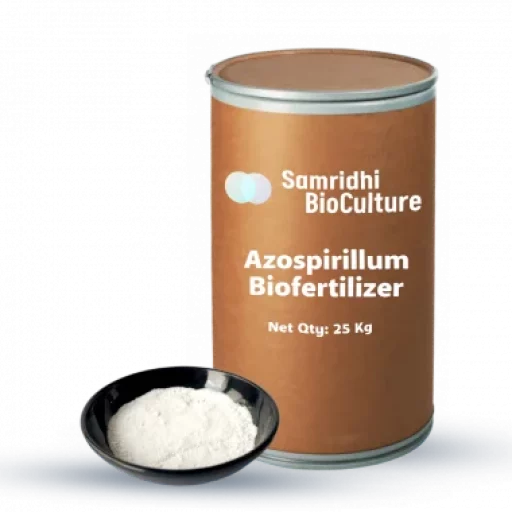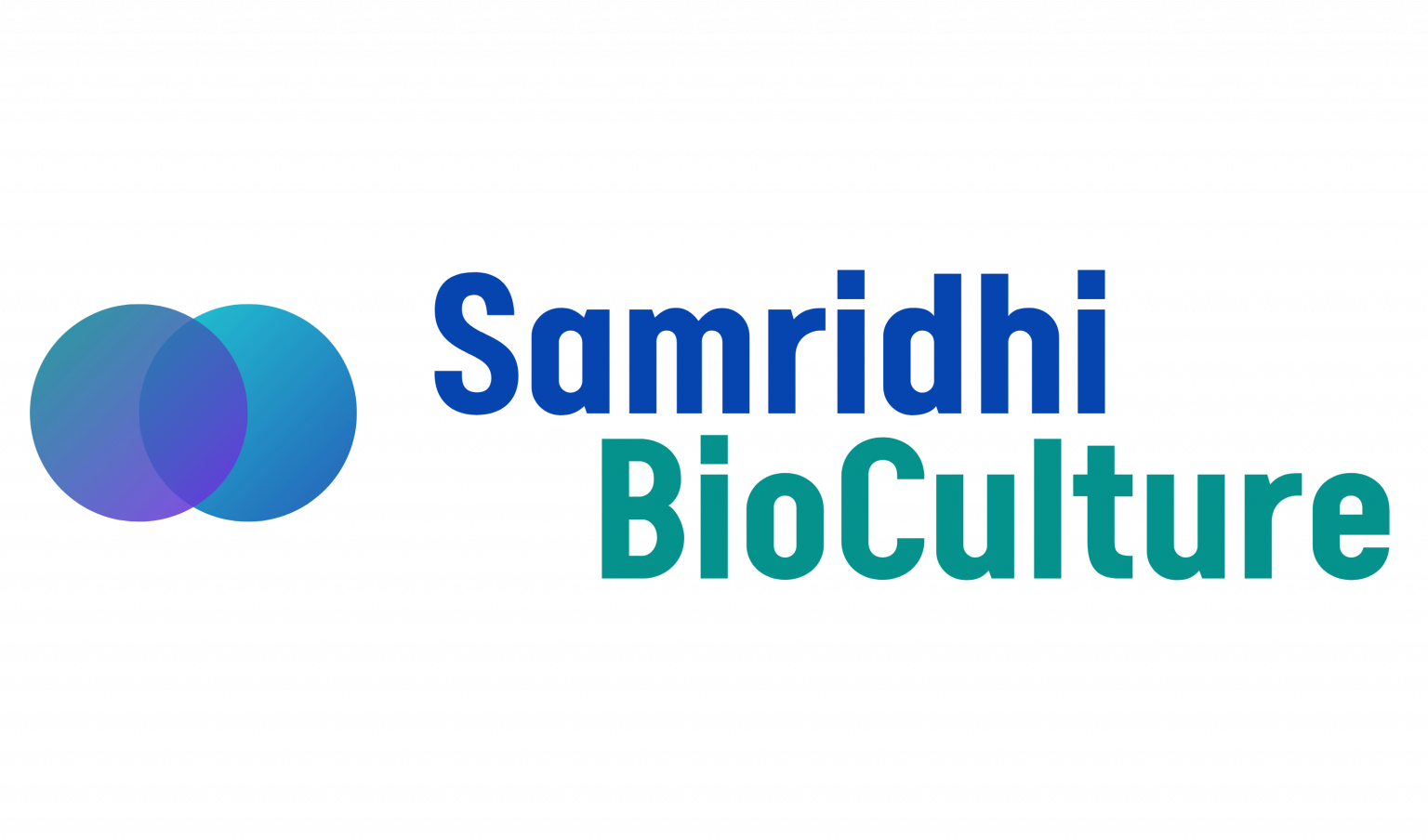Azospirillum
Bio Fertilizer Water Insoluble Formulation

Azospirillum
Bio Fertilizer Water Insoluble Formulation
Azospirillum is liquid biological N (Nitrogen) supplement for soil & plant. It has nitrogen fixating bacteria effective for all non leguminous crops.
Benefits
Increases crop production in large scale. Enhances seed germination. Encourages plumpness of Fruits. Helps to promote root proliferation. Reduces 25-30% of nitrogen fertilizers cost. Being an environment friendly biological fertilizer good alternative for chemical fertilizers.
Dose
Root Dipping: As per the requirement, mix the bio fertilizer in 5-10 litres of water. Later dip the roots of seedlings up to half an hour before transplantation.
Soil Application: Add 500ml of liquid fertilizer in 100 litres of water and apply at 1 acre of land through drip irrigation or drench the soil at proper moisture of land.
Crops
Rice, Bajra, Wheat, Maize, Oats, Barley, Rye, Millets, Sorghum, Banana, Avocados, Apple, Guava, Mango, Orange, Papaya, Grapes, Pomegranate, Dragon Fruit, Watermelon, Potato, Tomato, Okra, Cabbage, Spinach, Bitter gourd, Bottle gourd, Cucumber, Capsicum, Chick pea, Mung bean, Castor, Groundnut, Mustard, Cotton, Soybean, Rapeseed, Chilli, Turmeric, Ginger, Clove, Garlic, Cinnamon, Coriander, Cumin, Pepper, Sugarcane, Sugar beet, Rose, Tuberose, Tulips, Carnation, Marigold, Aster, Sun Flower, Jasmine, etc.
Is Azospirillum Bio Fertilizer Water Insoluble Formulation safe for plants and the environment?
Yes, Azospirillum Bio Fertilizer Water Insoluble Formulation is safe for plants and the environment. It is formulated using natural ingredients and does not contain harmful chemicals or synthetic additives. The presence of Azospirillum bacteria in the formulation benefits plant growth and contributes to the overall health of the soil ecosystem.
Can Azospirillum Bio Fertilizer Water Insoluble Formulation be used for all types of plants?
Azospirillum Bio Fertilizer Water Insoluble Formulation can be used for various types of plants, including but not limited to:
- Cereals: Such as wheat, rice, corn, and barley.
- Legumes: Including soybeans, peas, beans, and lentils.
- Vegetables: Such as tomatoes, peppers, cucumbers, and lettuce.
- Ornamental plants: Including flowers, shrubs, and trees.
